Condition-Based Approach
Our condition-based approach allows us to match your investment in deep analytics to only those sites that require it. We provide a basic, diagnostic-level solution at a fraction of the cost of traditional methodologies while retaining the ability to dive deeper into your site data using our tiered analytics services, as needed per site or across a portfolio.
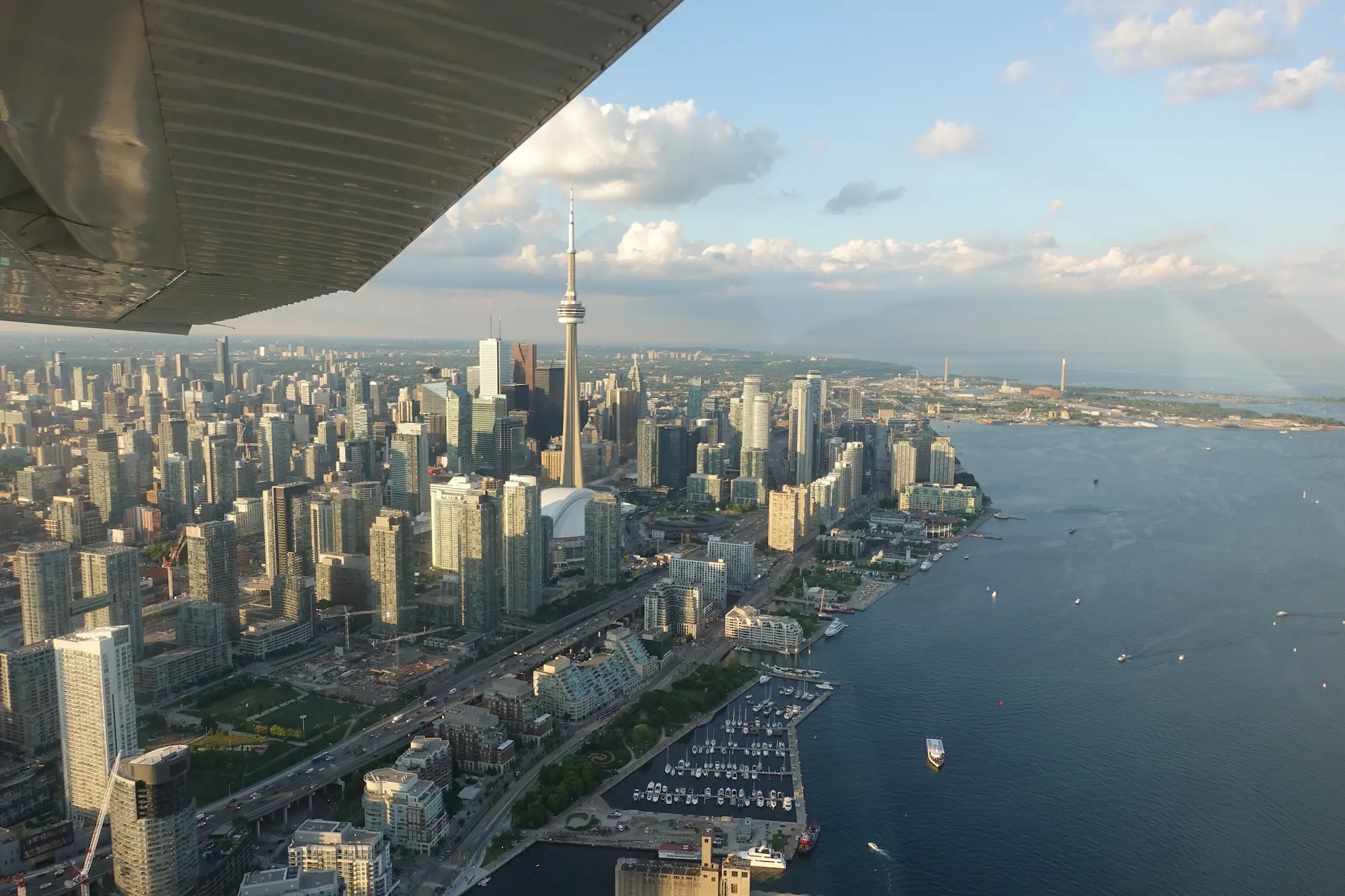
Market Leader & Largest Global Provider of PV Services
NovaSource is the North American market leader and the largest global O&M provider.
70% North American Market Share
Estimated from SEIA Annual Report
Aerial Inspections performed globally on 100+ GW worth of equipment. That’s more than our top competitors combined.
8,500+ Individual sites inspected globally
$62M+ Average recoverable energy loss detected per year
Aerial Inspection Services Workflow
Four steps to capture the full value of your PV portfolio data with Heliolytics.
INSPECT
Aerial inspections via aircraft or drone provide high-quality, consistent data capture across PV sites and portfolios, to identify critical, subtle defects.
TRIAGE
Flexible service offerings enable clients to achieve cost efficiencies, reduce manual inspection scope, and only invest in the level of analytics required, leading to a condition-based approach to direct current (DC) health management.
ANALYZE
We combine advanced analytics with our highly trained analyst team and the largest global module fault database to provide deep and accurate insights.
ACT
Actionable reports identify critical issues, increase remediation efficiency, and empower clients to achieve their operational goals. They can also help to substantiate warranty and insurance claims.
INSPECT – Aerial Thermographic Inspections
Aircraft
Advantages of using aircraft:
- Increased data consistency
- High-resolution data is collected at a rate of 100 MW/hr
- High capture speeds ensure minimal irradiance variation
- Sensors 8X-15X higher resolution than drones
- Less administrative burden for our clients
- Higher thermal sensitivity
- Hardware is continuously upgraded, improving accuracy and range of detectability
- Able to investigate large portfolios efficiently at a low cost
Aircraft is best suited for:
- Solar dense regions
- Large scale assets
- DG portfolios
- Condition-based inspections
Drones
Advantages of using drones:
- Available worldwide
- Higher scan flexibility
- Ability to deploy simultaneously in different regions
Drones are best suited for:
- Remote assets
- Countries with low solar density
- Countries with difficult regulatory environments
- Internal drone programs
Diagnostic Workflow
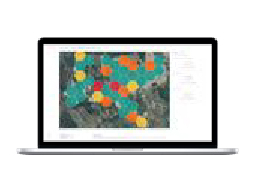
Diagnostic Reporting
Our Diagnostic Reports provide summary statistics and insights on the overall DC health and performance of your solar site based on an initial analysis of the high-resolution data captured from the site during the aerial inspection. This report includes the frequency and economic impact of anomalies detected including Balance of System, major, and minor faults.
Once this high-resolution site data is captured, reporting deliverables can be upgraded to any appropriate Advanced Analysis tier at any time, as needed.
Included Services:
- Consistent, low-cost baselining
- Site failure rates estimation
- Financial impacts calculator
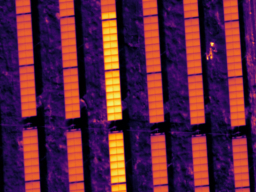
String-Level
Identification of major energy losses and mapping of anomalies for efficient remediation.
Included Services:
- Low-cost prioritization of yearly energy optimization
- Mapping of all string-level faults on site

Module Basic
Identification of all anomalies with major energy impacts. This scope can also include data collection for warranty returns of major anomaly modes if required, as well as mapping of anomalies for efficient remediation.
Included Services:
- Recoverable module-level faults
- String-level plus analysis of sub-module faults and hot-spots >10°C difference

Module Advanced
Identification of all IR anomalies onsite including the detection of subtle performance or site concerns, such as cell cracking, potential induced degradation (PIO), vegetation, surface fouling, and installation defects. This scope also includes identification of balance of system (BOS) performance concerns, classification of anomalies into remediation or monitoring prioritization categories, data collection for warranty returns of major anomaly modes, and/or mapping of anomalies for efficient remediation.
Included Services:
- Complex module-level faults
- Module basic plus all faults > 1°C
ANALYZE – Three Stages of Degradation Assessment
Heliolytics, as a partner, provides comprehensive services for assessing and monitoring degradation in PV systems over time.
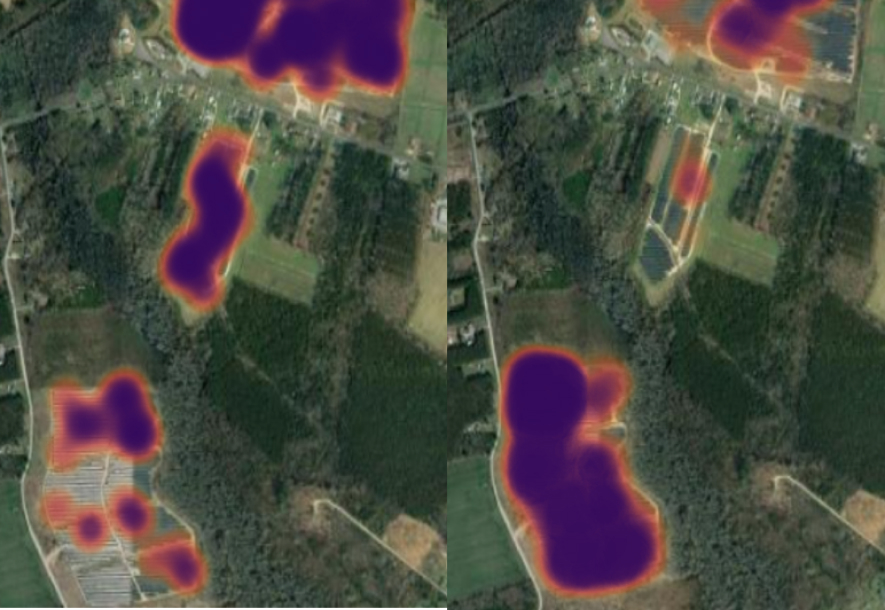
Aerial IR inspections to identify acute DC degradation (recoverable) modes, like module and string failure.
Data above shows the fault relationship breakdown by energy impact for an aerial IR scan, along with a heat-map representation of two different systemic issues on site.

SCADA-based data analytics to identify overall performance.
SCADA-based degradation analysis, including windowed temporal analytics, allows a determination of systemic degradation trends.
Data above shows the average degradation trend for a 300-site portfolio, revealing a recent recovery in portfolio average degradation rate.
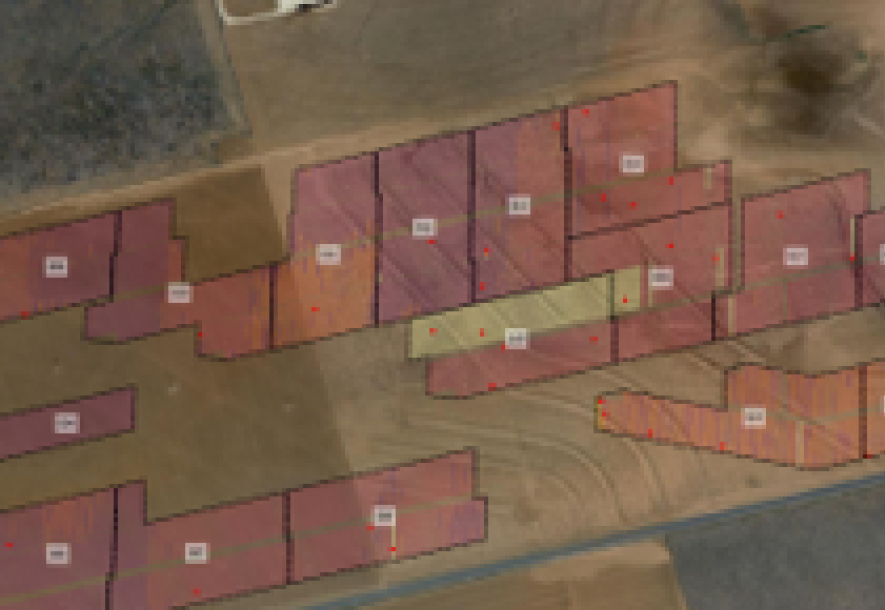
Targeted I-V to detect non-recoverable degradation.
Heliolytics develops a module-level sampling plan based on as-built module layout, and injects I-V data from these modules to predict detailed module-level degradation by batch.
Data above shows module power class distribution shown by different colors on the map. Sampling locations are the red dots representing a sample from each bin and resulting I-V data.

Our Learnings from 70 GW of Inspections
Across all sites, we have identified a one-sided distribution with a long tail of underperformance due to DC health issues.
This can be summarized into three categories:
1 – Good Performer
Negligible energy loss on site. Top 10% of sites in a portfolio.
2 – Portfolio Average
On average, Heliolytics inspections identify 1.5% of DC energy loss due to faults. Distribution is skewed, and mean is > median – here approx. 75% of sites perform better than average DC energy loss. Average value is used in this case since overall portfolio O&M spending is likely to scale with average portfolio loss.
3 – “Problem Child”
Lower 10% of sites in a portfolio. Approx. 4% DC loss or greater.